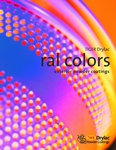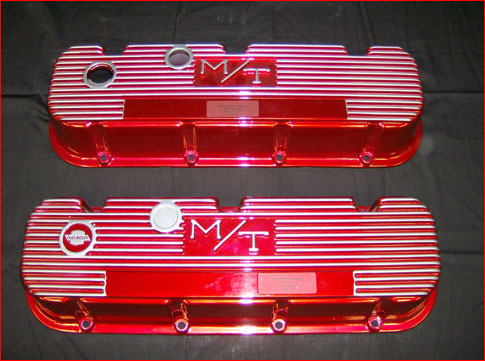Powder Coating
What is Powder Coating?
Powder coating is a type of coating that is applied as a free-flowing, dry powder. The main difference between a conventional liquid paint and a powder coating is that the powder coating does not require a solvent to keep the binder and filler parts in a liquid suspension form. The coating is typically applied electrostatically and is then cured under heat to allow it to flow and form a "skin." The powder may be a thermoplastic or a thermoset polymer. It is usually used to create a hard finish that is tougher than conventional paint. Powder coating is mainly used for coating of metals, such as steel, aluminium extrusions, and automobile and bicycle parts.
Advantages of Powder Coating
There are several advantages of powder coating over conventional liquid coatings:
- Powder coatings emit zero or near zero volatile organic compounds (VOC).
- Powder coatings can produce much thicker coatings than conventional liquid coatings without running or sagging.
- Powder coating overspray can be recycled and thus it is possible to achieve nearly 100% use of the coating.
- Powder coating production lines produce less hazardous waste than conventional liquid coatings.
- Powder coated items generally have fewer appearance differences between horizontally coated surfaces and vertically coated surfaces than liquid coated items.
- A wide range of specialty effects is easily accomplished which would be impossible to achieve with other coating processes.
- Powder coatings have a major advantage in that the overspray can be recycled.

View Color Charts



